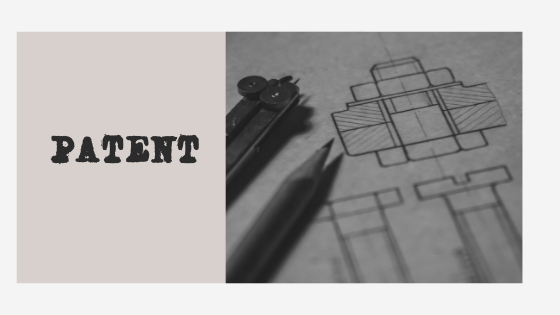
The process of patenting begins with the execution of an idea by an inventor. Typically an idea is executed by preparing a technical disclosure statement that enables a person ordinarily skilled in the art to reduce the invention into practice. The technical disclosure is then converted into a patent specification.
This is an extremely sophisticated process that is governed by well-established conventions in patent law and practice. The process typically involves conducting prior art searches to distinguish the current invention from prior art and developing a patent disclosure that demonstrates the best mode of working the invention. There are patent services, such as patent services InventHelp, that can help you in this step.

The patent specification comprises a title, the technical field, cross-reference to related patents (if relevant), the background of the invention, the description of the related art, the summary of the invention, the brief description of the drawing figures (if any), the detailed description of the preferred embodiments, claims and abstract. Claims are the most critical components of a patent specification. Claims define the nature and extent of the rights that a patentee owns in the invention.
A written invention disclosure with docket identification number and preliminary information about an invention is electronically received using a secure medium (such as an FTP (File transfer Protocol) site). The disclosure is accompanied by a minimum of one claim in detail, relevant figures and diagrams, the problem it solves, the ways in which it is different from prior solutions, any prior art known to the client, and any additional supporting information. The project is assigned to the patent agency, like InventHelp patent an idea agency, that has the knowledge and expertise in the specific field relevant to the patent and the client is notified of the receipt.


